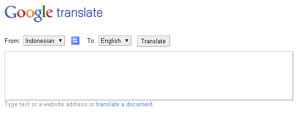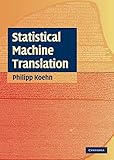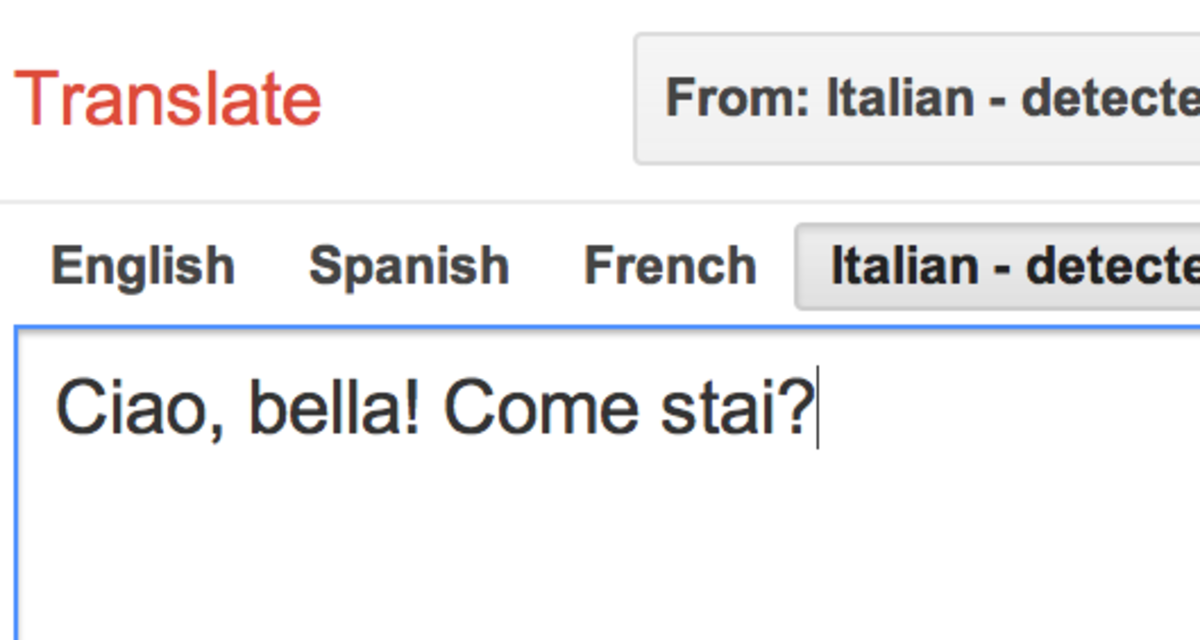How Google Translate Works

Overview
We here present how Google translate works. If you want to find out how automatic translation works on Google translator, then you will need to read this article.
Google translator is one of many newly design web based translator that uses java script to automatic translate many different languages, 57 different languages to be precise. Google translator cannot only translate words and sentences, but also translate pages, books, and even an entire website.
The build in support for website translation enable people of different nationalities and languages sharing information across the internet.
Machine Translation
To understand how Google translate works, you must first understand how automatic translation works. Automatic translate or machine translation (MT), is one of the major technology development 21 century. It uses computer software to translate one language from another.
In general, there are two levels of translation. First is the word for word translation. Computer will try to match one word from one language to same word from another language. Second, computer tries to recombine words into the language and make it flow more naturally. The second step is the hardest part, because for machine to sound as good as a human, it needs to have many algorithms that people inputted.
That is when the Google translator comes in. Google made its stockpile of information available on the Google translator. The machine translation is done by finding patterns of data of people’s typing on the Google database. While it is by no mean perfect, but comparing with other software, such as the Babel Fish, which uses a rule based system, Google’s machine translation is way superior.
Here are how it works!
SMT on Amazon
Statistical Machine Translation
The core algorithm to make 'Google Translate - Machine Translation' works is statistical machine translation (SMT). SMT uses statistical model to determine the word translation. This basic method doesn't follow any language translation rules.
To make statistical model, we need bilingual text corpora/corpus. Bilingual text corpus is a database of source sentences and target sentences. For example if we want to build statistical model for English to Spain translation, we need a database of English sentences and Spain translated sentences. The more sentences the more good statistical model we have.
Computer will be trained to calculate probability word distribution statistic from above sentences. For example if word AAA has probability 80% to be translated into BBB, then we confident that AAA can be translated into BBB.
Since it doesn't rely on any linguistic rule, SMT can be used to make translation any pair languages. Although it need times to make bilingual language corpora, but the result is much better than ruled-based translation.
The combination SMT and ruled-based translation will make translation better.
How to get bilingual text corpus?
We know that Google Translate supports many pair language translations. Google gathers bilingual text corpus from many documents. They scan the original version books and the translated version. They crawl websites which have two or more language versions. Sometimes they hire translators to translate from one language to other language.
After they have bilingual documents, Google do word alignment. They have software that can align source sentences and translated sentences. This software creates database pair of source sentences and translated sentences.
Basic SMT Language Model Flow

Above picture is the basic of creating SMT language model. First step is collecting many documents from many sources. Then system will align sentences and create database of pair sentences (bilingual text corpus).
System will be trained using that corpus. It will analyze the statistic of word distribution in each sentence. The output of this training is language model. Each pair translation has their own language model. Language model will be updated each time the system learn new corpus.
Using this language model we can translate other sentences.
Overview on Statistical Machine Translation
Benefit of SMT
SMT have benefits over traditional translation method (e.g: rule based translations):
- Generally SMT translator is not tailored to support specific languages. It builds to support many pair of languages so SMT have better use of resources. It means building SMT translator is cheaper than traditional method.
- Depending on the number of bilingual of corpus, SMT translator gives more natural translations. The more bilingual corpus it has, the more translator trained with new bilingual corpus, the more natural translation it has.
Google Translate
While there are many machine translation software on the internet, Google translator is clearly in the front of the pack. One of Google automatic translator’s clear advantages is the phonetic typing.
Google translator allow user to translate more than just Latin based languages by enabling a web based phonetic keyboard right on the translator. Many languages such as Russian, Greek, Hindu, Serbian, Arabic, and Urdu, have different words other than English, but their words may sound like certain terms in English. For example, the "aap" in English sounds very much like "??" in Hindi.
Critics on Google Translate
However, Google’s automatic translate is not without critics. Even though its pattern recognition system is way more natural sounding and accurate than rule based system, it cannot be remotely close to a human translation.
Many linguists believe that Google’s machine translation is simply sounded too “machinelike”. While pattern recognition may help getting information cross different languages, the computer itself just simply cannot account for all the patterns in all the languages. Will Google translator gather the entire language speech pattern in the future?
Will Google translator match the skill of a human translator? That is questionable, because there are just too many speech patterns for Google to collect. However, as Google gathers more and more information about each language’s speech pattern, it will be more and more perfect in the foreseeable future.
Statistical Machine Translation Resources
My HubPages
- Choosing the Best Graphic Calculator
Who would have ever thought that a calculator would be the most expensive school supply on the list? With the high prices of backpacks, new school clothes, yearbooks and enrollment fees, its easy to begin...
Translation Tools
- Visual Synonyms
Visual Synonyms is visualization of english thesaurus in graphic. You can find synonym, antonym, and thesaurus visualization. It is an english thesaurus dictionary. You can use as your free english resources. - Thai Translator
English to Thai Translation. Thailand Translator. Thailand Translate. Thailand Dictionary. - Malay Translator
English to Malay Translation. Malaysia Translator. Malaysia Translate. Malaysia Dictionary. - Tagalog Translator
Provide tagalog filipino translator. Tagalog dictionary. Filipino dictionary. Magbigay ng tagalog filipino translator. Isalin filipino tagalog.







